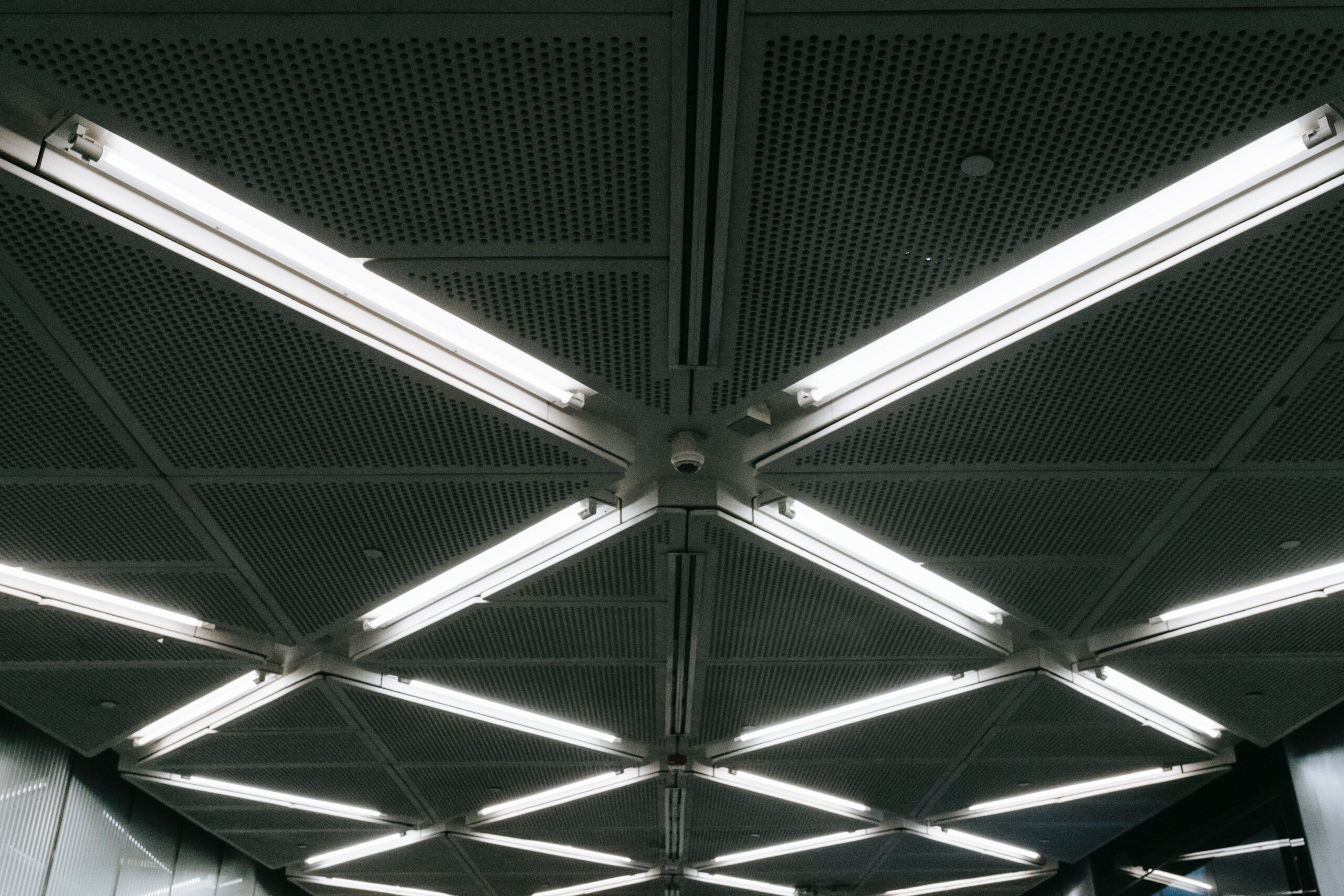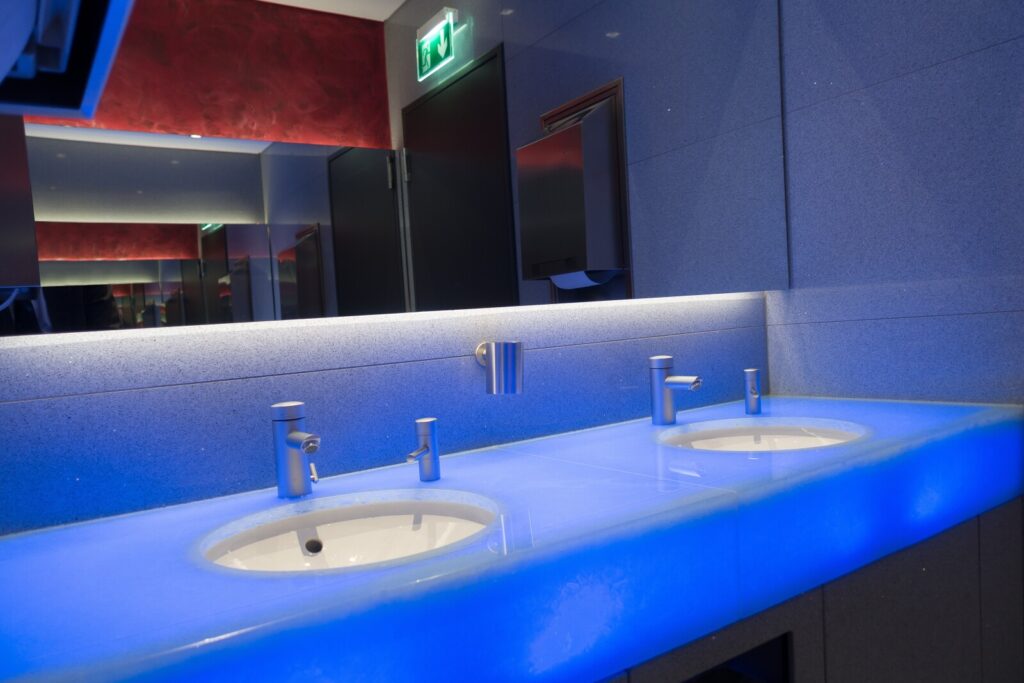The Ultimate Guide to Bypass and Plug and Play Lights
Whether you’re a homeowner, business owner, or contractor looking to upgrade your lighting system long-term, deciding which option is best can be difficult – Ballast Bypass or Plug and Play. They both provide improved efficiency and easier installation over fluorescent tube lighting systems. But each one has its unique benefits that are worth considering. In this blog post, we dig into what makes Ballast Bypass and Plug and Play so special so you can decide which lighting system is right for you. Let’s get started!

The Ultimate Guide to Bypass and Plug and Play Lights
Overview of Ballast Bypass and Plug and Play Lighting Systems
Ballast bypass and plug-and-play lighting systems have gained traction in recent years due to their energy-saving benefits and long-term cost-saving advantages. Ballast bypass systems involve the removal of ballast, which regulates the flow of electrical currents in fluorescent lamps and the direct connection of the lamp to the electrical circuit. On the other hand, plug-and-play systems come with a pre-installed LED driver, which can be easily plugged into the existing ballast socket. Both systems are highly cost-effective and provide a great alternative to traditional lighting systems. These modern alternatives promise significant energy savings and lower maintenance costs for commercial and residential users.
Comparison of Benefits and Limitations of Each System
As the world becomes more connected than ever, it’s important to understand the benefits and limitations of different systems. One popular comparison is between centralized and decentralized systems. Centralized systems offer higher control and security, while decentralized systems provide greater transparency and peer-to-peer interactions. Both have their advantages and disadvantages depending on the circumstances. It’s important to weigh the benefits and limitations of each before deciding which system to use for a particular task. By understanding the strengths and weaknesses of these systems, we can make informed decisions to create an efficient and equitable world.
Cost Analysis – Which System is More Cost-Effective
When investing in a new system, cost analysis is an important step that must be considered. Businesses must weigh each system’s pros and cons before deciding. Cost-effectiveness should be determined by conducting a thorough analysis. Factors such as initial, maintenance and operational costs should be considered. However, it’s important to remember that the cheapest option may only sometimes be the most cost-effective in the long run. Before making a decision, businesses should also consider the potential benefits of each system. It’s all about finding the balance between affordability and value.
How to Determine the Right Fit for Your Needs
When it comes to making important decisions, finding the right fit can be a challenge. However, taking the time to consider what factors are most important to you can help simplify the process. Do you need something cost-effective? Is reliability or durability a top priority? You may prefer something flexible and adaptable to your evolving needs. Whatever your requirements may be, it is essential to take the time to evaluate your options thoroughly before making a decision. This way, you can be confident in your choice and feel secure knowing you have chosen the right fit for your needs.
Considerations – DIY Install vs. Professional Installation
It can be time-consuming and expensive to decide whether to do home improvement projects or hire a professional. On the one hand, doing it yourself can save you money, and there’s a sense of pride in completing a DIY project. On the other hand, professional installers have years of experience and can often complete the job more efficiently and with fewer mistakes. It’s important to consider factors like your skill level, the project’s complexity, and your budget before deciding. Ultimately, the choice is yours, but taking the time to think it through can help ensure a successful outcome.
Do I Need To Remove Ballast For Led Lights?
When considering switching from traditional lighting to LED lights, many people wonder whether or not they need to remove the ballast. In short, the answer is yes. Ballasts are electronic devices that regulate the current in fluorescent, metal halide, and HID lamps. On the other hand, LED lights operate differently and require a different type of current. Failure to remove the ballast can damage both the LED light and the ballast itself. Additionally, leaving the ballast in place can diminish the energy-saving benefits of using LED lights as it uses energy unnecessarily. So, while it may seem like an extra step, removing the ballast is essential for a successful and energy-efficient transition to LED lighting.
Can You Bypass Ballast For Led Lights?
If you’re looking to save some money and energy with your LED lights, you may wonder if bypassing the ballast is possible. The good news is, yes, you can! Ballasts were originally designed for fluorescent lights, which have a different electrical requirement than LED lights. By bypassing the ballast, you can reduce energy consumption and increase the lifespan of your LED lights. However, this may void the warranty of your fixture, and it’s important to properly consult with a licensed electrician before attempting any modifications to your lighting system. Overall, bypassing the ballast can be a great option for optimizing their lighting system for maximum efficiency.
How To Remove Ballast From Led Lights?
Increasingly, LED lights are replacing traditional lighting because they are more energy efficient and last longer. However, before installing LED lights, removing the ballast from the fixture is crucial. Ballasts were used to regulate the electrical current for older lighting technology, but LED lights have drivers that perform the same function. Removing the ballast prevents interference with the LED driver and ensures optimal performance. The removal process involves turning off the power, disconnecting the wires, and removing the ballast from the fixture. It may seem daunting, but with the right tools and precautions, removing the ballast can be done safely and easily, resulting in a more efficient and cost-effective lighting solution.
Ultimately, the choice of lighting system for your business comes down to weighing the costs and benefits of each system. Ballast bypass and plug-and-play both have advantages; however, it is up to you to decide which one suits your specific needs and budget. Considering each system’s intricacies and potential installation requirements will help ensure that you select an LED lighting package that’s right for you. If you opt for a professional installation, remember to ask how they handle ballast removal regarding LED lighting systems. By understanding if a ballast needs to be removed before installation and any other modifications needed, you can rest assured that you are making the best decision for your business.

